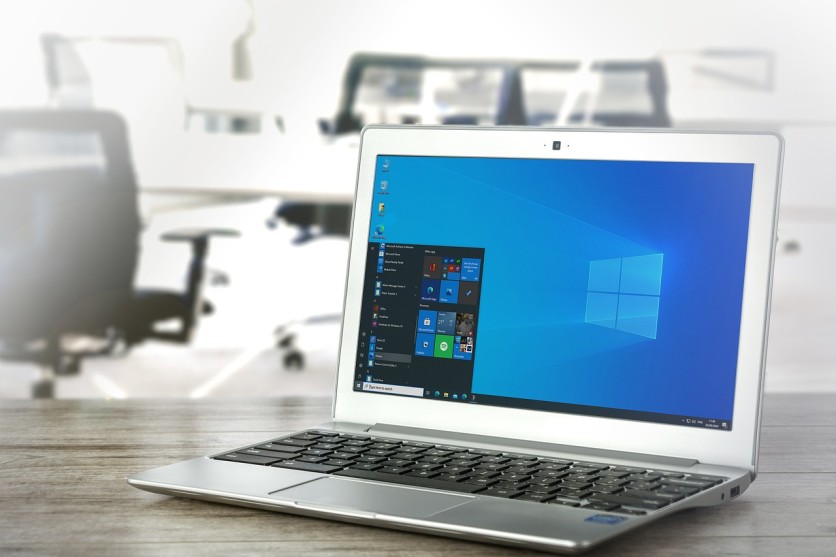With the recent rollout of the Windows 11 2024 update featuring Wi-Fi 7 support and other advanced features, it's tempting to upgrade to the latest operating system. However, not all people are fully embracing this change.
Microsoft is facing a challenge with the adoption rate of Windows 11 from Windows 10 users. Despite various strategies, many users remain hesitant to upgrade, with some even reverting to Windows 10 after trying Windows 11.
To address this issue, the company has introduced several methods to promote the new operating system, including a detailed video on the upgrade process. However, there are still barriers that prevent users from making the switch.
Highlighting Windows 11 Features

In its latest attempt to encourage upgrades, Microsoft has released an extensive list of features that set Windows 11 apart from Windows 10. This list, available on the Microsoft Windows website, aims to showcase the improvements and new functionalities in Windows 11.
Key features highlighted include a redesigned user interface, iPhone syncing capabilities, and dynamic lighting options.
Microsoft hopes that by emphasizing these enhancements, users will recognize the benefits of upgrading.
Despite these efforts, user confidence in Windows 11 appears to be waning, according to XDA Developers. The promotional tactics, such as the feature comparison list and the upgrade video, suggest that Microsoft believes users are simply unaware of the advantages Windows 11 offers.
The Root Causes of Stagnation
However, the slow adoption rate of Windows 11 is due to several deeper issues. One major factor is the strict system requirements for Windows 11, which prevent many older PCs from upgrading.
Users are not sufficiently motivated to purchase new hardware just to run the latest operating system. Additionally, concerns over privacy, particularly after Microsoft's Copilot+ presentation, have caused apprehension among potential upgraders.
The Recall feature, which takes screenshots of desktops, has raised privacy fears, even though Microsoft insists it is not as intrusive as some believe.
Overcoming Upgrade Hesitancy
Convincing Windows 10 users to upgrade to Windows 11 will remain a difficult task for Microsoft, especially with the end-of-life date for Windows 10 approaching in October 2025. The company needs to address the underlying concerns of its user base, such as hardware compatibility and privacy issues, to successfully encourage more users to make the transition.
Until now, what Microsoft only wants is to improve the adoption of Windows 11 as downgrades keep on coming. While showcasing new features and creating informative content are steps in the right direction, addressing the fundamental concerns of users is crucial.
Only time will tell if Microsoft can find effective solutions to encourage a broader shift to Windows 11. Maybe if October 2025 comes, they will be forced to upgrade this time.
In the meantime, read our previous article on how to fix Bluetooth issues on Windows 11.

ⓒ 2025 TECHTIMES.com All rights reserved. Do not reproduce without permission.




